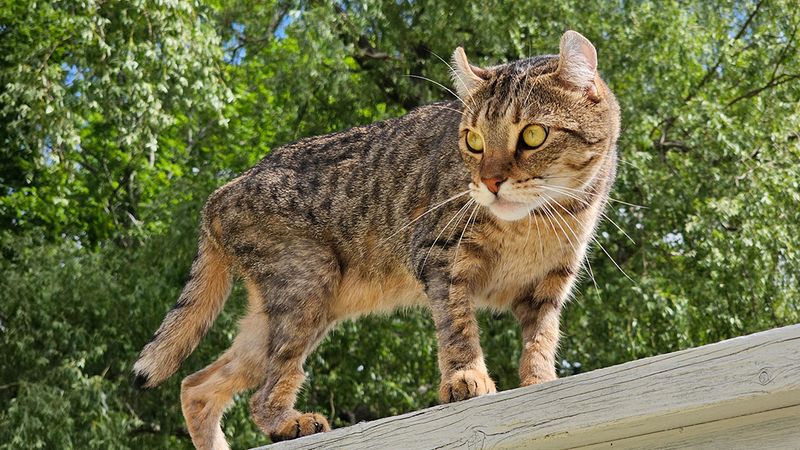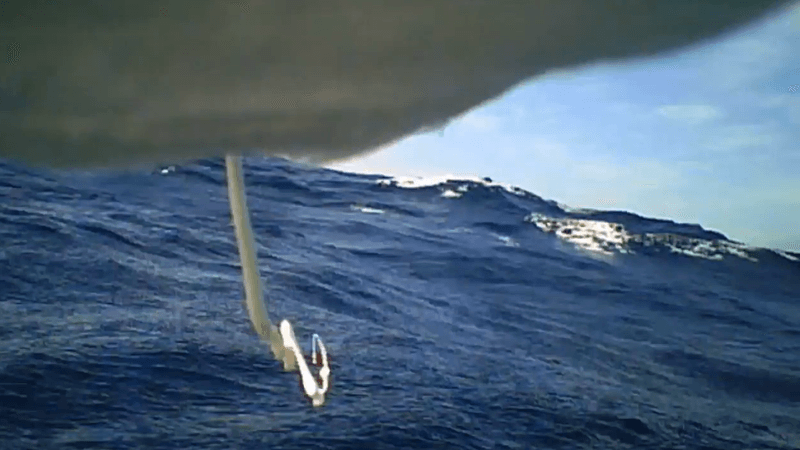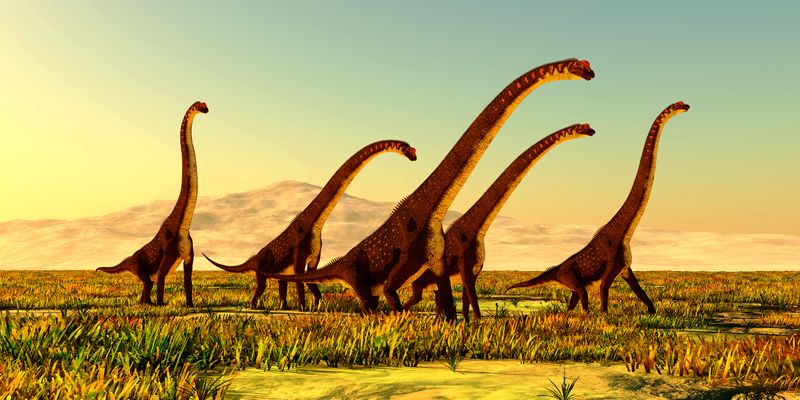Far from the fearsome reputation implied by their name, “killer whales”, orcas sometimes offer people gifts of food. Why orcas do this is a mystery we will probably take a long time to solve, but by collecting all the accounts they could, scientists have shown the behavior is surprisingly common.
The rest of this article is behind a paywall. Please sign in or subscribe to access the full content.One of the less desirable features of cohabiting with felines is having cats leave presents of dead mice or birds, but these are (semi-)domesticated creatures, who probably see us as part of their pack. For wild animals to offer gifts is a more puzzling phenomenon, yet it undoubtedly happens.
Having witnessed it themselves, researchers went looking for examples of this behavior in killer whales (Orcinus orca) and came across 34 reports over a period of 20 years. This may be just the tip of the iceberg, however, since often people presumably don’t report such events anywhere the team could find them, and often may not even have recognized what was happening.
"Orcas often share food with each other — it's a prosocial activity and a way that they build relationships with each other," said Jared Towers of Bay Cetology, British Columbia in a statement. "That they also share with humans may show their interest in relating to us as well."
The events described could not be attributed to one pod of human-friendly orcas, as they occurred in four oceans as far apart as Norway and New Zealand. Nor were these tall tales or examples of misremembering, since some were captured on video, and others in photographs.
Regarding comparisons of these interactions to the incidents of orcas interacting with yachts off the Iberian coast, they are similar in the sense that both cases represent limited hesitancy to approach people and engage in mentally stimulating behaviour.
Jared Towers
The authors only included examples where orcas approached humans and dropped food in front of them, leaving out some more ambiguous cases.
Towers and co-authors categorized these events, reporting that the most common offerings were made to people in boats (21 cases), followed by swimmers (11), with two recipients standing on the shore. All but one time, the orcas waited to see what the humans would do, and on seven occasions repeated the offer, reclaiming the food before offering it again.
The authors report the items offered included: “Six [species of] fishes, five mammals, three invertebrates, two birds, one reptile.” There was also one piece of seaweed, because even apex predators need their greens. Or perhaps they were inviting the human to a spa day?
No pattern was found in terms of the sex or age of the orcas making the offers, although this was often not known.
The authors note that among the few other wild animals known to have offered food to humans, false killer whales (Pseudorca crassidens) feature prominently. Maybe they’re not so false after all.
Orcas have not been targeted for slaughter as much as larger whales, and in some documented cases, formed remarkable, long-lasting alliances with whalers. Nevertheless, plenty have been directly killed by humans for a variety of reasons, as well as suffering from the damage we are doing to the oceans.
"Regarding comparisons of these interactions to the incidents of orcas interacting with yachts off the Iberian coast, they are similar in some ways in the sense that both cases represent limited hesitancy to approach people and engage in mentally stimulating behaviour," Towers told IFLScience.
"While the disabling and sinking of yachts is due to rough play behaviour of orcas, we suggested most of the cases in our analysis were due to exploratory behaviour, however, several of them also incorporated play. The cases we presented were seemingly prosocial, but we can not rule out that they weren't."
Could the offerings be attempts at bribes, hoping to win humanity’s favor to stop the carnage? Alternatively, perhaps the apparent offerings are actually bait? Might they simply see us as strange, misshapen orcas who might join their pod? Are the orcas merely curious to see how we will respond? No one knows, and it is hard to imagine how to even test such possibilities.
"Offering items to humans could simultaneously include opportunities for killer whales to practice learned cultural behavior, explore or play, and in so doing learn about, manipulate or develop relationships with us," the researchers write. "Given the advanced cognitive abilities and social, cooperative nature of this species, we assume that any or all of these explanations for, and outcomes of such behavior are possible."
Orcas' name refers to the Roman God of Hell, and it seems other ocean-dwellers share that view. There are multiple accounts of humpback whales going out of their way to protect other species from killer whales, apparently more through animosity for the predator than love of the prey. Yet when one considers the recent news that orcas also offer each other kelp massages and give each other tongue kisses, it’s clear they also have a softer side, and sometimes the beneficiaries include us.
More broadly, understanding orcas’ generosity to humans could be key to explaining what evolutionary psychologists call “interspecific generalized altruism”, that is, when animals help members of another species for no apparent gain.
The study is open access in the Journal of Comparative Psychology.




